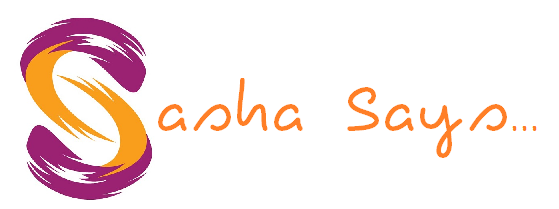As a self-employed person, finding a suitable option for a financial pension is indispensable. Government and corporate funds offer a wealth of choice. Here are some other investment options you can consider.
Stocks are the star of the market
This security is the best known in the market. Blue chips are suitable as a beginner-entry and long-term investment option.
Stocks also offer dividends. This is distributed annually. Stocks could be used to generate a passive additional income. Careful adherence to principles and strategies can minimise risk and generate profits. Particular attention should be paid to IPO’s something of a double edged sword a company’s Initial Public Offering is often an incredible opportunity but one fraught with risk, the until now private company has clearly been doing well enough that it anticipates a positive reception however it is not uncommon for bounces early as the market has no historic trend data making technical analysis impossible.
Stock CFDs
With CFDs, (contracts for difference), you take a position on the value of the underlying asset such as a stock, currency pair or commodity.
When you trade CFDs, you do not physically own the underlying instrument. You only speculate on whether the financial instrument you are investing in will rise or fall. For this reason, CFDs are generally free from Stamp Duty. As a rule, CFDs are traded off-exchange.
CFDs can be a superb opportunity for the self-employed investor as they require only a small start up fund to make large trades due to the power of leverage, simply put you can keep the bulk of your money in your savings or other investments and still use it to trade. However it should be noted that with the potential for big risk there is also a potentially huge reward. If you’re left holding a bet when the market moves against you you can end up losing far more than your initial holding deposit.
Diversifying your portfolio: funds
Funds have the advantage of diversification. Many investors put their money in a variety of securities. A distinction must be made between active and passive funds. With active funds, your portfolio will actively be managed by a fund manager who will be able to respond appropriately to the prevailing economic climate. Passive funds on the other hand, have the advantage of lower costs and the chance of a long-term high return.
Exchange-traded funds
Exchange-traded funds (ETFs), for example, invest the collected assets in a specific index, such as the DAX, Dow Jones or Nikkei 225. This purchases the stocks that are in the corresponding index, ie the performance of the ETF is equal to that of the index. Savings plans make it possible to pay a fixed amount at regular intervals.
The ups and downs of the stock market are important in determining your profit. At low prices, the investor buys more shares for the same money than at high prices. If the index or market should collapse, there is the opportunity of a manual purchase at favourable prices. Nevertheless, risk cannot be switched off, and losses are always possible.
Bonds are an alternative to credit
Companies use investment bonds when they need capital and the sum cannot be borne by a single financial institution. The money needed is divided into many small bonds and offered for sale to the public in the market. In addition to annual interest gains, price gains are possible upon payment of the debt at the end of the term.
Creditworthy companies with an attractive interest yield are viewed by many as a potential investment opportunity, especially when market interest rates are low.
Finding the right product
Ultimately the level of risk steps up in hand with the level of reward, for a self employed person you may find that you’re asset rich, but cash poor for this reason margin products often look attractive, however these are inherently risky, other product fads such as cryptocurrency trading carry even more risk.
